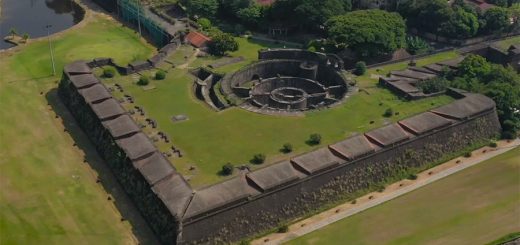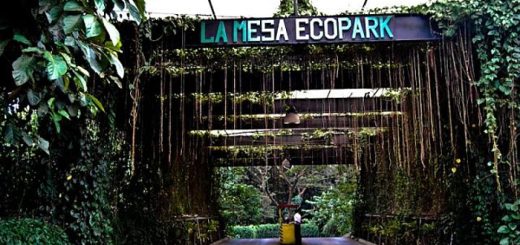Fort Santiago – A Journey Through History in Manila
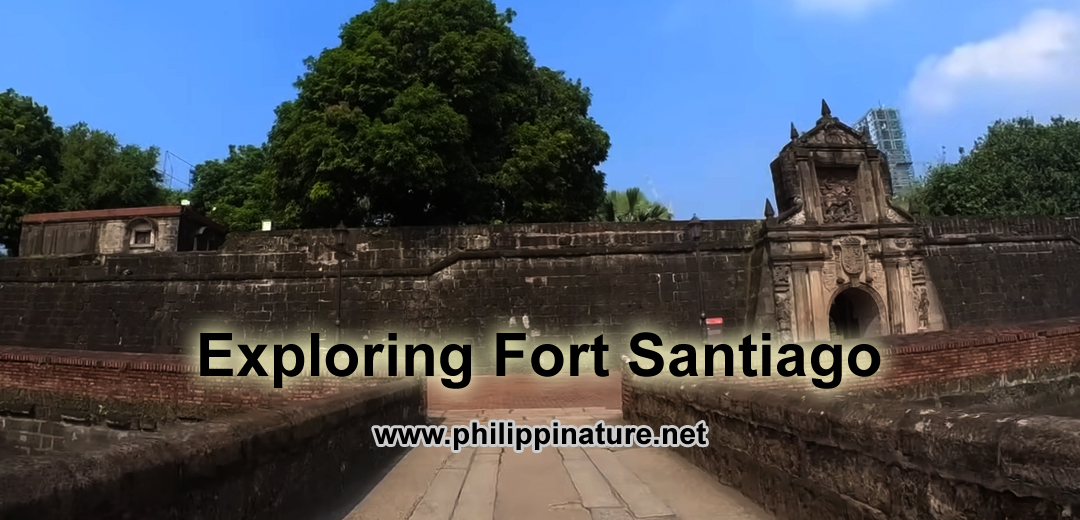
Nestled in the heart of Manila, Fort Santiago stands as a testament to the rich tapestry of Philippine history. This historic citadel, part of the larger Intramuros district, is not only a beautiful site but also a poignant reminder of the country’s colonial past and the resilience of its people.
Fort Santiago was built in 1571 by the Spanish conquistador Miguel López de Legazpi. Originally constructed to defend the newly established city of Manila, the fort became a crucial military outpost and played a pivotal role during various conflicts, including the Philippine Revolution and World War II.
The fort’s strategic location along the Pasig River made it a key point for protecting the city from invasions. Over the centuries, it has undergone numerous renovations and expansions, adapting to the evolving needs of its defenders.
Architectural Marvel
Walking through the gates of Fort Santiago, visitors are greeted by a stunning blend of history and architecture. The fort’s walls, made of coral stones and bricks, are adorned with lush greenery, providing a serene atmosphere amid the bustling city.
One of the most iconic features is the Baluarte de San Diego, a bastion that offers panoramic views of the river and surrounding areas. The fort also houses several structures, including the Casa del Gobernador and the Fresco de la Guerra, which showcase Spanish colonial architecture.
A Symbol of Resistance
Fort Santiago is perhaps most famous as the site of the imprisonment of Dr. José Rizal, the Philippines’ national hero. In 1896, Rizal was held here before his execution, and his writings ignited the flames of revolution against Spanish rule. Today, the fort features a museum dedicated to his life and legacy, allowing visitors to understand his significant role in Philippine history.
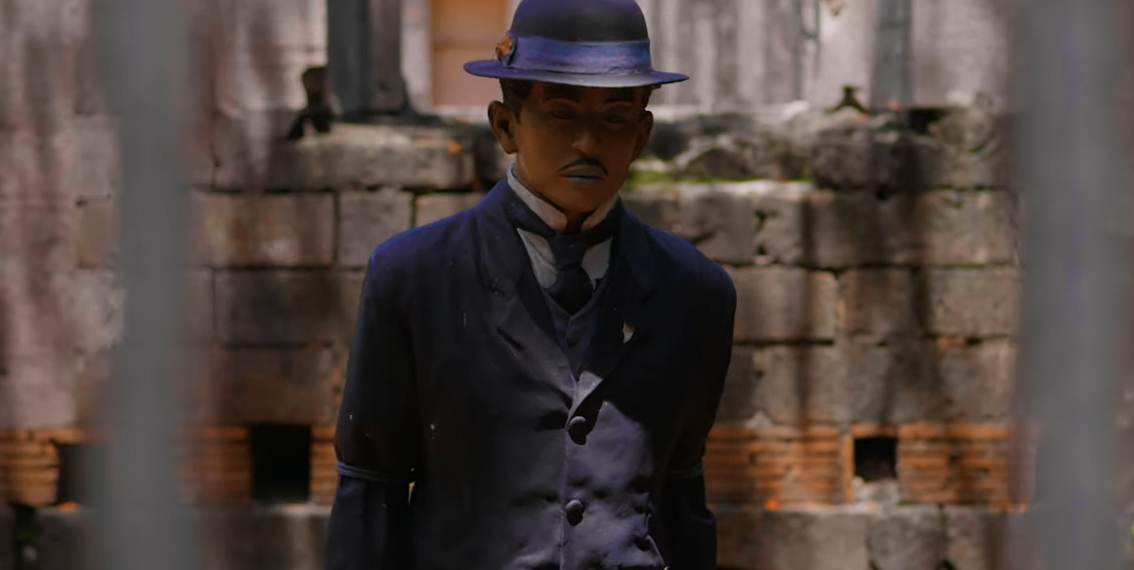
Beyond its historical significance, Fort Santiago has become a cultural hub. The fort frequently hosts events, including art exhibits, historical reenactments, and cultural performances. The lush gardens and pathways invite leisurely strolls, making it a popular spot for both locals and tourists.
Fort Santiago is more than just a historical site; it’s a place where the past comes alive. As you walk its cobbled paths, you’ll find yourself immersed in the stories of bravery, sacrifice, and the enduring spirit of the Filipino people. Whether you’re a history buff or a casual traveler, a visit to Fort Santiago is an essential part of experiencing Manila’s rich cultural heritage. So, take a step back in time and discover the legacy of this remarkable fort—it’s a journey worth taking!
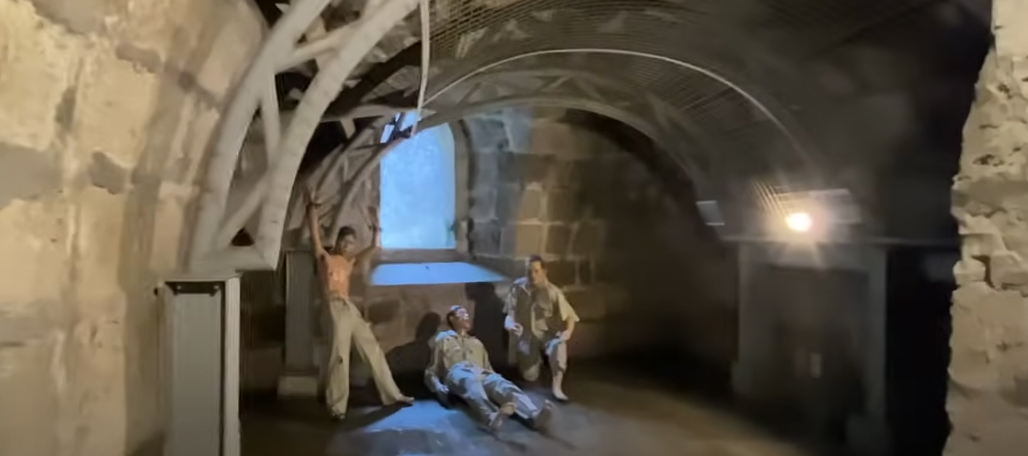
Visiting Fort Santiago
For those planning to visit, Fort Santiago is easily accessible from various parts of Manila. The entrance fee is minimal, and guided tours are available for those seeking a deeper understanding of its history. As you explore, be sure to take in the details—the inscriptions, the artwork, and the remnants of its storied past.


